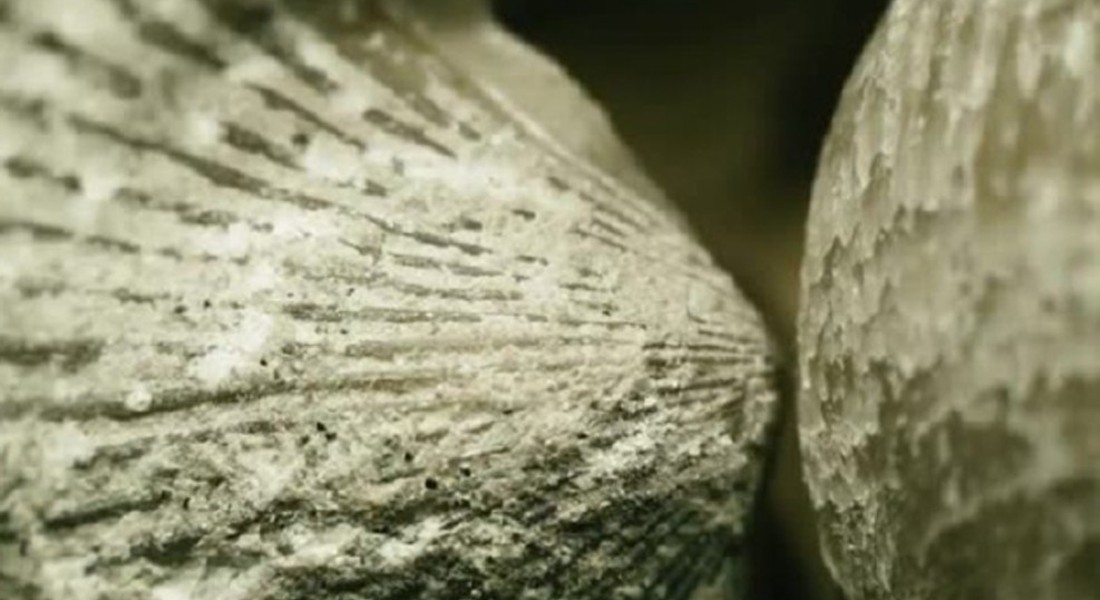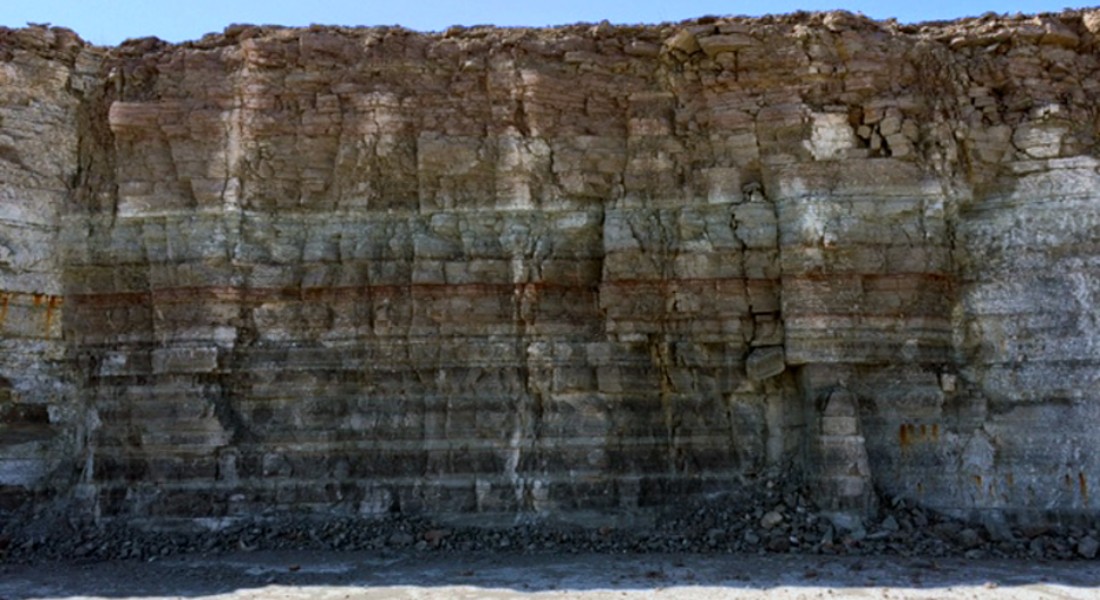New study reveals the dynamics of an ancient ice age
The Middle Ordovician – 470 million years ago – witnessed the greatest rise in marine biodiversity in all of Earth history. Climate change played a major role in this event as the onset of colder temperatures coincided with the start of the biotic radiations. A new study lead by researchers from University of Copenhagen now provides further evidence for this ancient ice age, revealing new insights about distinct phases of ice-sheet growth nearly half a billion years ago.

During the Middle Ordovician life underwent fundamental change. Within a relatively short time span of a few million years, generic richness quadrupled. Ecosystems became more like those of today with marine species adapting to a wide range of habitats. What instigated this fascinating change in the biosphere has been heavily debated for decades. In recent years evidence has emerged that show that Earth probably entered an icehouse state some 470 million years ago. And life appear to have responded almost immediately to the more favorable temperature regime.
Yet no physical evidence of this ice age has been found. There are no sedimentary features, such as glacial deposits, proving the presence of large ice caps at the then South Pole which, back in the Ordovician, was in today’s north-western Africa. All evidence comes from either fossils or sediments that indirectly reveal large, rapid changes in global sea level, or oxygen isotopes, which traditionally have been used as palaeoclimatic indicators.
A faithful palaeoclimatic archive stored in the skeletons of fossils
“Oxygen isotopes are a fascinating tool to indirectly obtain information about past climate change, but they are quite easily affected by diagenesis, that is processes altering the rock chemistry after deposition”, explains the Senior Author of the study, Christian Mac Ørum from GLOBE Institute and continues “To minimize the effects of diagenesis we have carefully extracted crystals of the mineral calcite from the interior of fossil brachiopods which – much like bivalves are today – were abundant and diverse during the Ordovician where they lived on the sea floor, filtering seawater for nutrients”.
This calcite, which is protected by an outer layer in the brachiopod shell, was originally secreted from ambient sea water during shell growth. It is thus protected from subsequent alteration by diagenesis by this outer shell layer and is thus potentially much better preserved.
The researchers have used this cumbersome technique on hundreds of samples from several localities on the Swedish island of Öland providing a unique palaeoclimatic record that is temporally highly resolved. As previous global studies have relied on spot sampling only the new study enables fundamental new insights of the temporal scales on the emerging icehouse.

Middle Ordovician carbonate rocks as seen in Degerhamn Quarry, Öland, South Sweden. Photo credit: Christian Mac Ørum.
“With this new study, albeit still indirect evidence, we have now reached a stage where we are beginning to see distinct shorter, unstable pulses of ice sheet growth followed by longer, more stable, colder phases which correspond to increases in continental ice sheet growth. This is exactly the scenario we would expect based on evidence from the last ice age. So, our study underpins that there was indeed an ice age at this point in geological time, and further that most likely at least three phases of ice sheet growth occurred. This is highly exiting as this means that we may now start to compare specific phases of the biodiversity rise with that of the ice sheet build up”, Christian Mac Ørum ends.
The study, which is just published in the American journal Paleoceanography & Paleoclimatology is available Open Access here.
Contact
